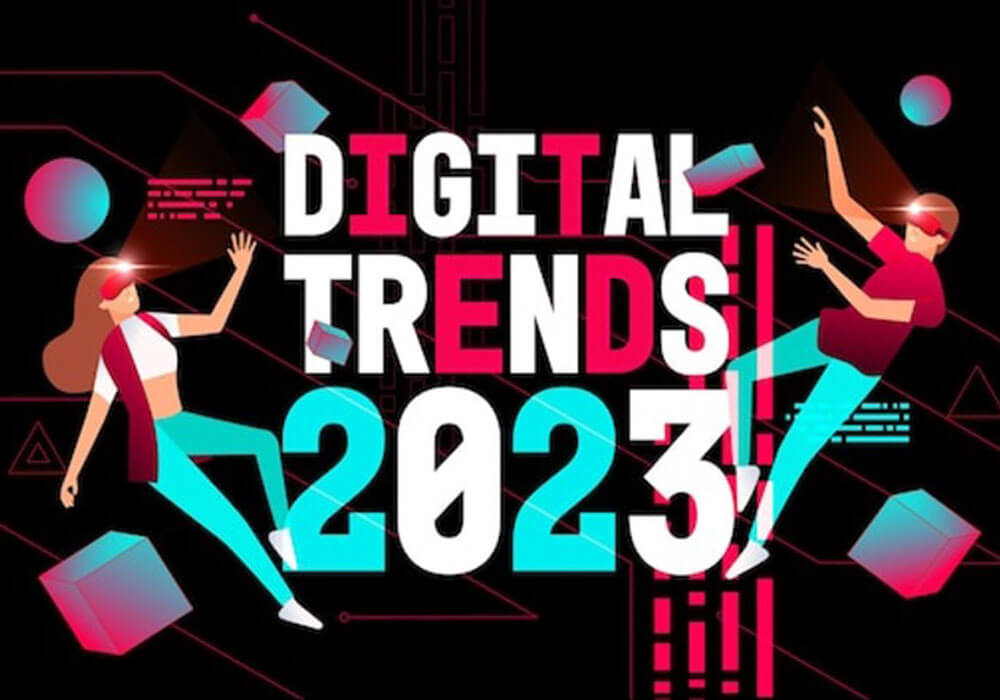The world of events is constantly changing and in recent years we have seen how new technologies and social networks influence how they are planned, implemented and evaluated. This article examines the major trends that will mark the future of event organisation, based on information gathered from various sources and experts in the field.
- Co-creation and active involvement of participants
1.1. Social networks and opinion mechanisms
The decision about an event’s format, its programme and other aspects will no longer be solely the organiser’s responsibility. Increasingly more important is the participants’ active involvement in the planning process. Social networks and other mechanisms make it possible to learn the opinions of people who will attend an event; formats can accordingly be better shaped to meet their expectations.
1.2. Coordination tools
It is also vital to have coordination tools that facilitate communication between the organisers and the participants. Such tools can include surveys, talk forums, mobile applications and other platforms that allow users to express their opinions and suggestions.
- Integration of communication formats
2.1. Corporate communication plan
Events only make sense when they do not become an end in themselves but rather form part of the corporate communication plan. That plan should include advertising, public relations and direct marketing actions so that the events become more visible and can last longer.
2.2. Use of integrated communication
Proper use of integrated communication allows events to be complemented with other marketing and public relations actions, generating more impact and visibility for the brand or the organisers.
- Establishment of thematic focal points
3.1. Transmission of a message and reflection of values
Events should transmit a message and reflect the values and personality of the entity that organises them. The staging and respective visual impact are highly important, because they are the elements that will make the first impression on participants.
3.2. Attention to detail
Establishing a thematic focus means paying attention to all details, from choice of space to colours of the setting, textures used in the decor, music and catering, even the scents. In this regard, annual celebrations or new product launches can focus on various themes, such as the world of swing, the 1920s, the desert and the Thousand and One Nights, etc.
- Encouragement of the recreational component
4.1. Gamification
Application of the concept of gamification to events is meant to overcome people’s passivity and ensure their involvement through games. Long PowerPoint presentations can cause audiences to lose interest, whereby it is important to include practical workshops, do-it-yourself activities, competitions and role-playing games to boost participants’ attention and motivation.
4.2. Creation of immersive experiences
Another trend in encouragement of the recreational component is the creation of immersive experiences using technologies such as virtual and augmented reality. Such tools can be used to simulate environments and situations that allow participants to interact with the event in a more active and entertaining manner.
- Sustainability and environmental responsibility
5.1. Ephemeral architecture
Many events require temporary architecture such as fair stands or stage decoration. Increasingly more companies are seeking to act responsibly and leave the smallest possible environmental footprint, with their interior designs including recycled, reusable and non-polluting materials.
5.2. Responsible waste management
Besides using sustainable materials, it is important to implement responsible waste management at events. This can include less use of non-reusable plastics, promotion of recycling among participants and contracting of suppliers committed to sustainable practices.
- Less ostentation
6.1. Adjustment to the economic situation
Major corporate events with impactful staging are giving way to another format that better fits the current economic crisis situation. In this context, companies cannot (nor do they want to) appear frivolous or appear to be wasting resources. The events they organise are accordingly more austere.
6.2. More intimate and personalised events
This trend concerns the organisation of more intimate and personalised events where quality and the experience of participants have more priority than quantity and the deployment of resources.
- Hybridisation and virtual aspect
7.1. E-meetings and webinars
In recent years we have witnessed increased use of e-meetings and webinars. Improved connections, videoconferences and video streaming enable the creation of virtual events, resulting in significantly lower costs (travel, lodging, space rental, etc), meaning events can also last longer.
7.2. Online networking spaces
The design of 2.0 events includes setting up online paces to promote networking, active participation in different sessions and interaction with speakers. But an event’s strength is closely linked to its ability to become a meeting point that encourages personal interaction and interpersonal communication, whereby the tradition of physically attended activities is still deeply rooted.
7.3. Hybrid events
One current trend is hybridisation, that is, the organisation of events that are in-person, though they also have an important virtual component. Such events enable combining the best of both worlds, offering participants the opportunity to take part either in person or through digital platforms.
- Use of new technologies
8.1. LED lighting, video-mapping and QR codes
The ongoing development of new technologies has enabled sector professionals to organise more impactful events on a more agile and efficient basis. LED lighting, video-mapping, QR codes, apps and electronic visiting cards are just some of the novelties that have facilitated event organisation in recent years.
8.2. ROI assessment with technology
The new technologies are also used to assess events’ return on investment (ROI). Tools such as participant monitoring systems, feedback applications and data analysis allow organisers to more accurately and efficiently measure the impact and success of their events.
- Personalisation and segmentation
9.1. Events adjusted to participant profiles
Personalisation is a key trend in the future of event organisation. Organisers must be able to adjust their events to the profile of the participants, taking the respective tastes, preferences and interests into account. This means offering specific activities and content for different segments of the public, and designing personalised experiences that make each participant feel special and unique.
9.2. Use of technology for personalisation
Technology plays a significant role in the personalisation and segmentation of events. For example, mobile applications can offer each participant information and recommendations based on their interests and preferences, while data analysis tools can help organisers identify patterns and trends that enable them to improve and adjust their events in accordance with their public’s needs.
- Security and prevention
10.1. Security protocols
Security is a vital aspect of event organisation. Future trends will include the implementation of stricter and more efficient security protocols, including measures such as access control, surveillance and coordination with security forces to ensure protection of the event’s participants and resources.
10.2. Prevention of risks and contingencies
Besides guaranteeing security, event organisers must also be prepared to deal with eventual risks and contingencies. This means having emergency and evacuation plans as well as being in constant contact with authorities and emergency services to prevent and manage any adverse situation that may arise during an event.





